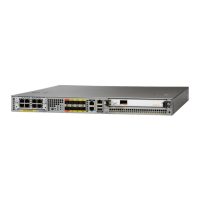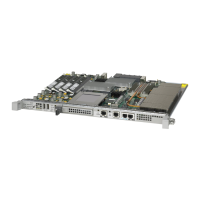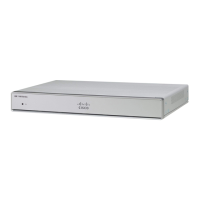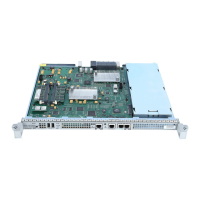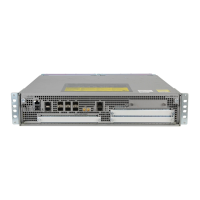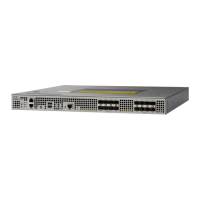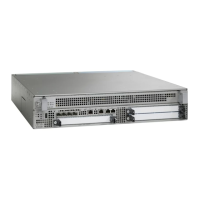6-3
Cisco 10000 Series Router Troubleshooting Guide
OL-0439-02
Chapter 6 Troubleshooting Serial Lines
Using Bit Error Rate Tests
Note For the gigabit Ethernet line card, PR
max
is greater than or equal to PT
max
, so an attenuator is
unnecessary.
Using Bit Error Rate Tests
This section discusses problem isolation using bit error rate (BER) tests. The topics discussed are:
• Configuring a BER Test on a T1 Line, page 6-3
• Sending a BER Test Pattern on a T1 Line, page 6-4
• Viewing the Results of a BER Test, page 6-5
• Terminating a BER test, page 6-6
Configuring a BER Test on a T1 Line
BER test circuitry is built into the CT3 line card. With BER tests, you can test cables and signal problems
in the field. You can configure individual T1 lines to run BER tests, but only one BER test circuit exists
for all 28 T1 lines. Hence, only one BER test can be run on a single T3 port at any given time.
There are two categories of test patterns that can be generated by the onboard BER test circuitry:
pseudorandom and repetitive. Pseudorandom test patterns are exponential numbers and conform to the
CCITT/ITU O.151 and O.153 specifications; repetitive test patterns are all zeros, all ones, or alternating
zeros and ones.
A description of each type of test pattern follows:
• Pseudorandom test patterns:
–
2^11 (per CCITT/ITU O.151)
–
2^15 (per CCITT/ITU O.151)
–
2^20 (per CCITT/ITU O.153)
–
2^20 QRSS (per CCITT/ITU O.151)
–
2^23 (per CCITT/ITU O.151)
• Repetitive test patterns:
–
All zeros (0s)
–
All ones (1s)
–
Alternating zeros (0s) and ones (1s)
Both the total number of error bits received and the total number of bits received are available for
analysis. You can set the testing period from 1 minute to 14,400 minutes (240 hours), and you can also
retrieve the error statistics anytime during the BER test.
When running a BER test, your system expects to receive the same pattern that it is transmitting. To help
ensure this:
• Use a loopback at a location of your choice in the link or network.
• Configure remote testing equipment to transmit the same BER test pattern at the same time.

